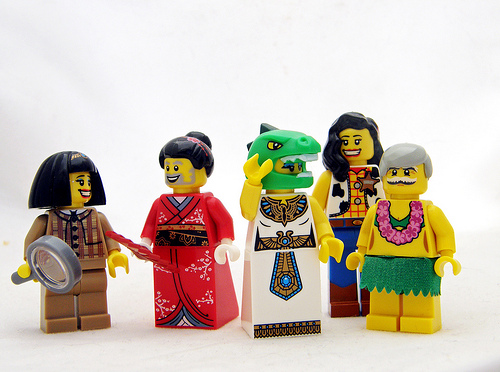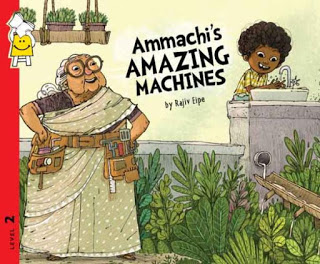Battling Stereotypes in Children’s Books

A few months ago, an article titled ‘Bilbo Baggins Is a Girl‘ caught my attention. In this article, Michelle Nijhuis says ‘until children’s books catch up to our daughters, rewrite them‘.
My 5-year-old insists that Bilbo Baggins is a girl.
Then I thought: What the hell, it’s just a pronoun. My daughter wants Bilbo to be a girl, so a girl she will be.
And you know what? The switch was easy. Bilbo, it turns out, makes a terrific heroine. She’s tough, resourceful, humble, funny, and uses her wits to make off with a spectacular piece of jewelry. Perhaps most importantly, she never makes an issue of her gender—and neither does anyone else.
Despite what can seem like a profusion of heroines in kids’ books, girls are still underrepresented in children’s literature. A 2011 study of almost 6,000 children’s books published between 1900 and 2000 showed that only 31 percent had female central characters. While the disparity has declined in recent years, it persists—particularly, and interestingly, among animal characters. And many books with female protagonists take place in male-dominated worlds, peopled with male doctors and male farmers and mothers who have to ask fathers for grocery money (Richard Scarry, I’m looking at you).
More insidiously, children’s books with female protagonists sometimes celebrate their heroine to a fault. Isn’t it amazing that a girl did these things, they seem to say—implying that these heroines are a freakish exception to their gender, not an inspiration for readers to follow.
As a parent, what do you do to ensure you avoid gender stereotypes as you bring up your child?
— Genderlog (@genderlogindia) June 18, 2014
While sharing this article with two of our editors and discussing our own books, the following responses came in:
Happily for the world, authors are getting more and more sensitive to gender depiction in children’s books. In some of our books , there are little hints to show that our authors and illustrators are aware of gender diversity. In an early book, Smart Sona, a little girl is interested in her father’s work, carpentry. In one of our recent books, the Rupaiya Paisa series, an entire scene is a celebration of women’s work. Illustrator Deepa Balsavar shows women driving a tractor, and repairing a pump-set.
– Mala Kumar
Children’s books assume a stable unbroken world of verities. Unfortunately many of those verities are built on patriarchal notions of how things are. They imprison both genders in stereotypes and misrepresent the lived reality of men and women, boys and girls. Fortunately writers are people who explore and seek and work on contested ground. Children’s authors who are infused with this spirit are among the most adventurous and creative. They fashion characters and plots that present a mint fresh view of the world that is completely credible. A little boy who helps his grandmother by bringing in the potatoes, a little girl who freely draws a train as long as the verandah, a young dreamy boy who imbibes the music in nature, a school girl who races home to hug her father before he leaves for the factory…these are just some of the characters from our books that reflect the rainbow diversity of the world.
It is only when all hues are presented naturally that gender realities will be truly reflected and acknowledged.
– Manisha Chaudhry
FROM TARA BOOKS
Which books in your opinion have crossed the lines of gender and become a part of your child’s reading world?






